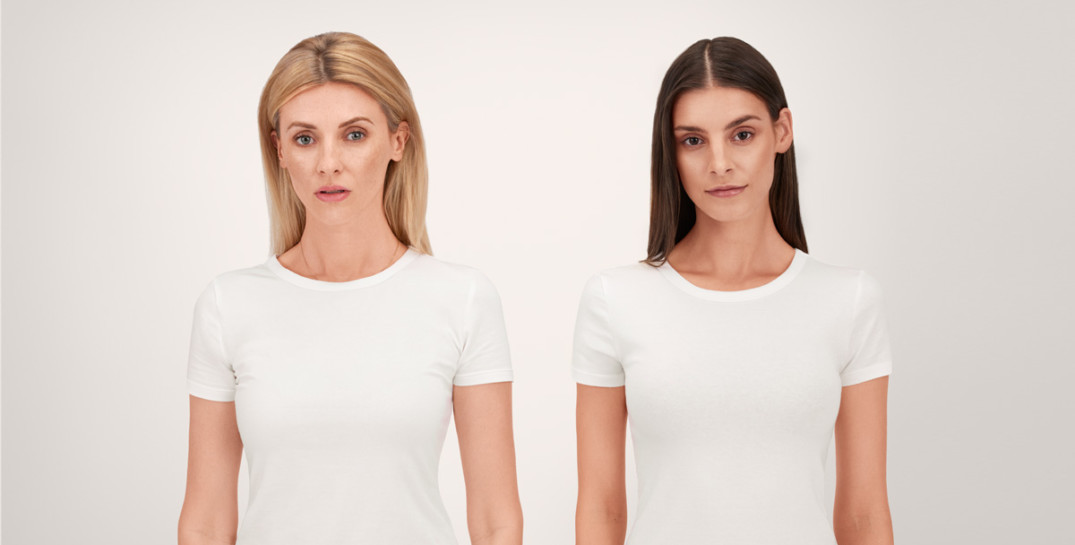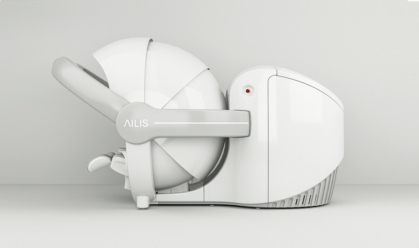Almost half of the women in the world have dense breasts. What are dense breasts?

The subject of dense breasts is not yet sufficiently publicized and for many women, including those with such breasts, is a completely unknown issue. That’ s a big mistake as dense breasts are both very difficult to diagnose for any cancerous changes and… very common, because almost half of the women have them.
Dense breasts are the ones, in which there is more glandular tissue than fat. This means that such breasts are more firm, shapely and harder. However, from a medical point of view, their structure is more complex than in the case of breasts without dense tissue.
It is much harder for a woman with dense breasts to detect any changes. This is such an important and urgent subject that many US states have introduced an obligation to inform women during mammography examination that they have such breasts and the examination itself may be ineffective in their case.
Why are dense breasts more difficult to diagnose?
The most popular method of diagnosing breast cancer in the world is mammography and thanks to screening programs using mammography 2/3 of cases of cancer are detected.
Unfortunately, in case of breasts with dense tissue structure this method is not effective enough. This is because the quality, i.e. legibility and accuracy of the mammography image definitely depends on the ratio of glandular and fatty tissue.
Breasts with dense tissue structure simply do not transmit X-rays well, which makes it difficult to distinguish between healthy and ill tissue in a mammographic image. There can only be one effect of this: lower detection of cancerous changes. Moreover, in women with dense breast structure, there is a higher risk of malignant breast cancer.
Almost half the women have dense breasts. What are the numbers?
Globally, about 43% of women (70% in Asia) have dense breasts. This produces a terrifying statistic – almost ½ of the female population has limited access to an effective imaging method for early detection of breast cancer.
How to treat dense breasts to protect yourself from cancer?
Monitor your breasts continuously to prevent the development of lesions that will be resistant to treatment. Know your body, take care of your diet and physical activity, and above all seek effective screening. At this point, an effective screening tool is magnetic resonance imaging (MRI), which, however, due to the high price of the test and its invasive character (e.g. by giving a contrast) is not available and indicated for all women.
AILIS technology is non-invasive and painless. It allows for early detection of cancerous changes in dense breasts and easy differentiation of healthy tissues from the diseased ones. The access to this technology can be a chance for many women who have been given dense breasts by nature to live a long life.









